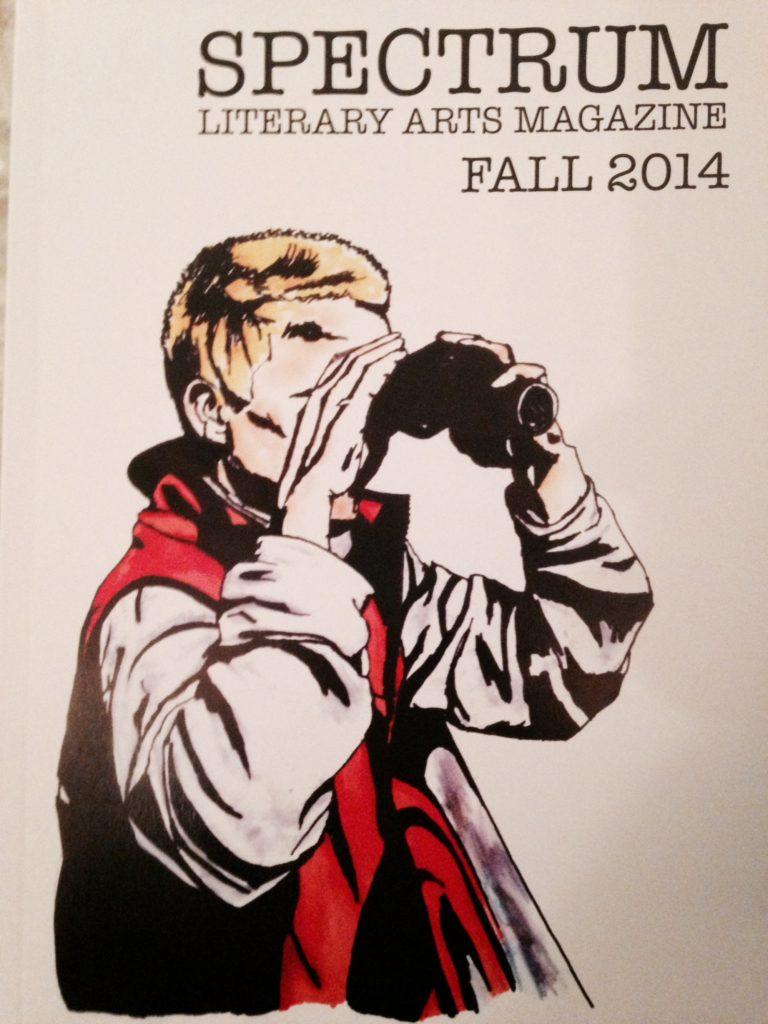Angelica Recierdo, inside columnist
Whether you are an English major trying to expand your portfolio or a closet writer with a desire to be heard, navigating the world of literary magazines and journals can be daunting. Here is a timeline and some tips to submitting and getting published.
1. Write and write some more
Start journaling or keeping track of pieces you’ve written for school or for fun. The more work you have, the better the chance of something you have being worthy of submission.
2. Workshop and edit
Have people whose opinions you value and trust read your work. Go to writing centers and attend workshops where professionals in the industry can lend you advice on how to revise a piece. Make sure you are confident about and proud of what you are submitting.
3. Research and sift
Now that you have a substantial piece, go to online databases to look up magazines and journals that fit your interests and qualifications. A medical piece would not belong in a nature journal, and a novice writer would probably not be submitting to Glimmer Train (which has an acceptance rate lower than Harvard University). Sites like NewPages and Poets & Writers have reliable search engines that can help you narrow down your options.
4. Follow in the paths of similar writers
Did someone in your class or writing group get published? Ask them about it, and it’s likely that being of similar ability/interest, you would be a good fit for that place, too. Networking as a writer is important to getting behind-the-scenes tips on what publications are looking for and there’s nothing more valuable than a fellow writer who has been there, too.
5. Follow in the path of better writers
Think about the writers you admire and whose work inspires you to put your voice on paper. Take a look at where their first publications were and work up to that quality. Choosing lit mags is very much like choosing colleges – you have to have several safety ones, some matches and one or two reaches. Having a goal, like getting published in The Huffington Post or The New Yorker, directs your practice as a writer and motivates you to be better every day.
6. Adhere to guidelines and instructions
Many magazines and journals have very specific guidelines on what they are looking for in submissions, that may be in formatting, fees, word count, genre and anything else you can think of. Since writing is subjective, one person may love your style and the next may not care for it. Nevertheless, keep submitting. Keep in mind Pablo Picasso’s wise words: “Learn the rules like a pro, so you can break them like an artist.”
7. Always write for yourself
Don’t ever get caught up in the woes of the slush pile. A rejection doesn’t define you as a writer, and you have nothing to prove to anyone. Always remember why you picked up the craft: for your love of storytelling or way with words. Writing in and of itself is a solitary act, so join a group, share your work online and in print and put the self in self-expression.
-Angelica Recierdo can be reached at Inside@HuntNewsNU.com
Photo by Alana Dore









